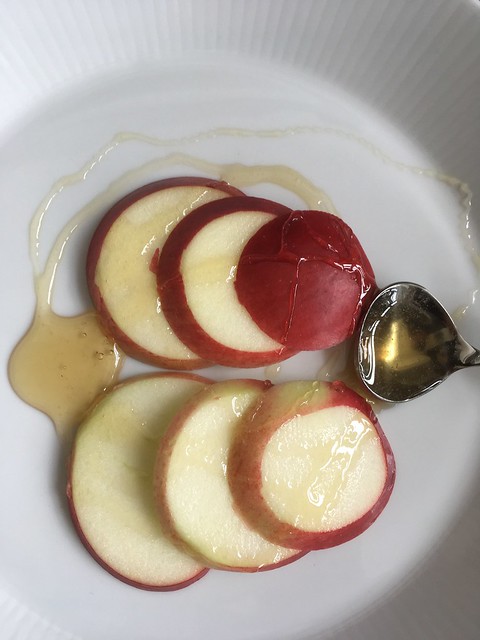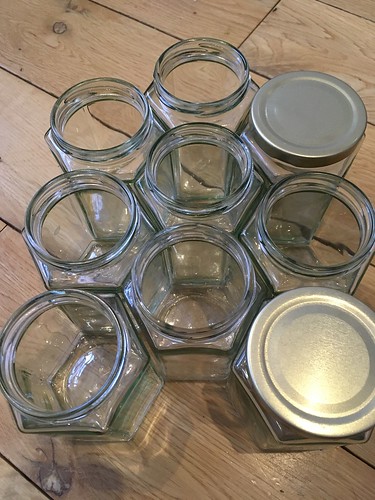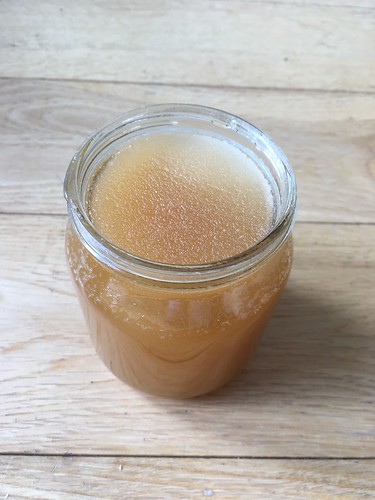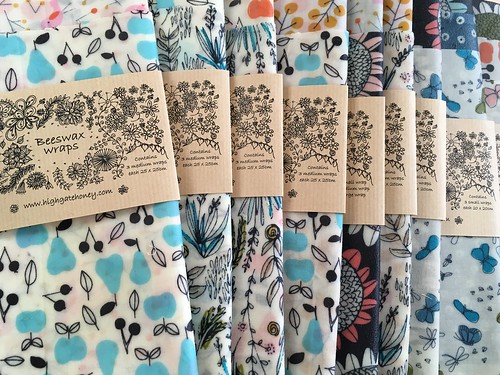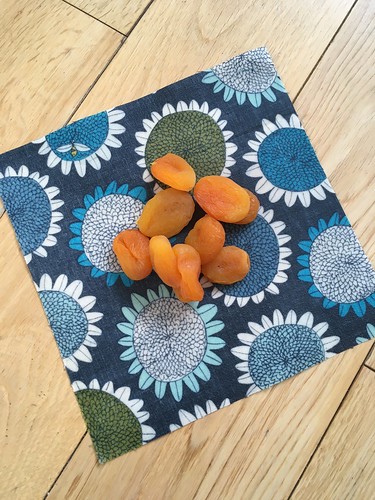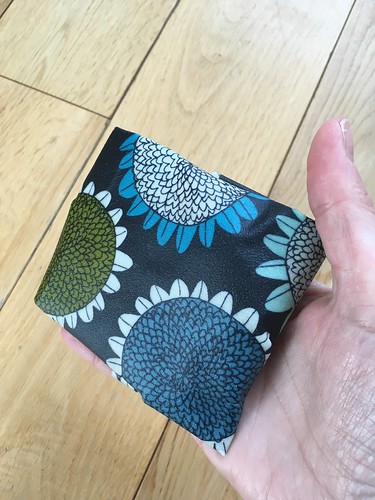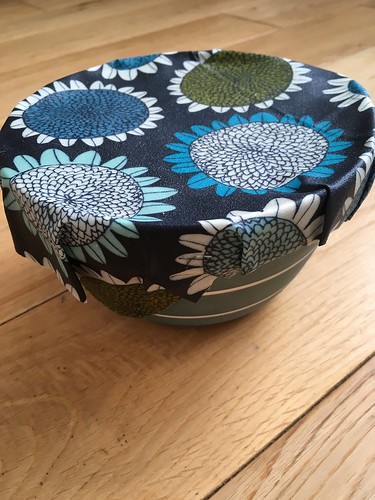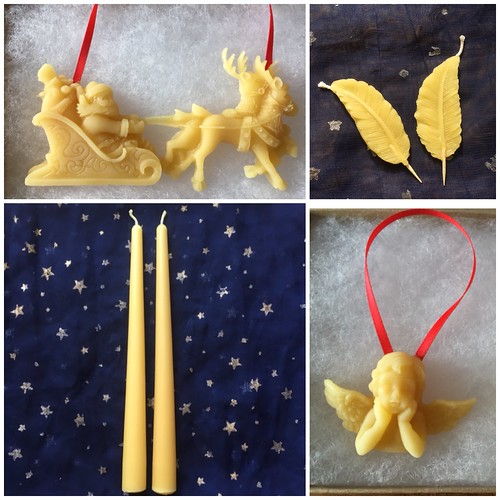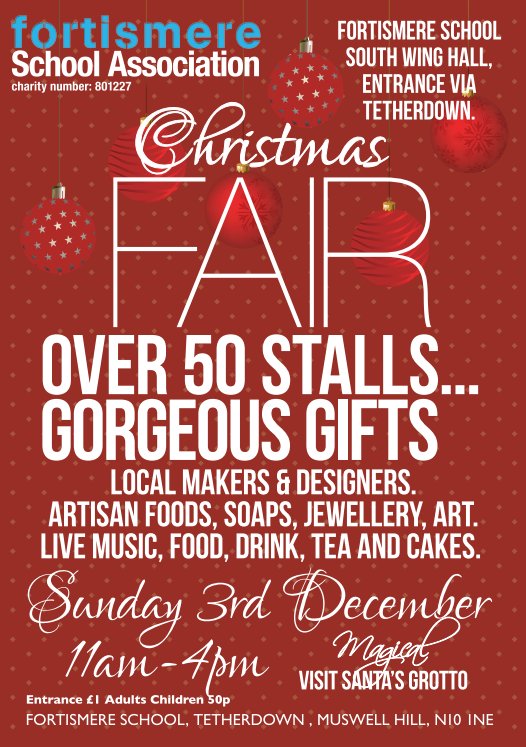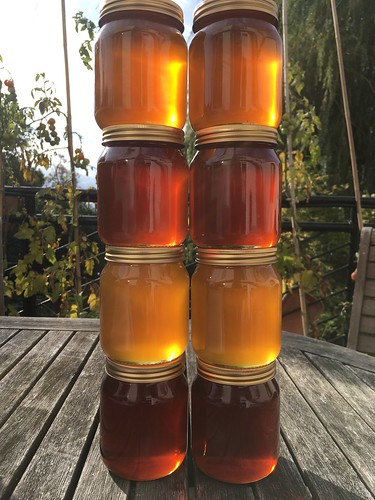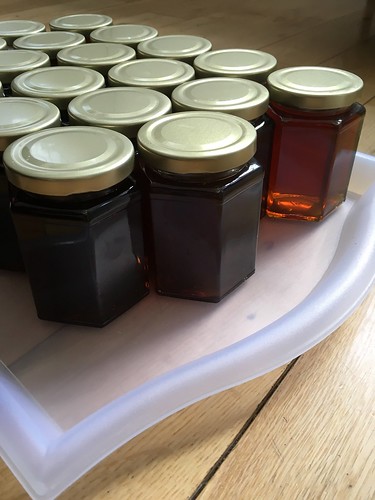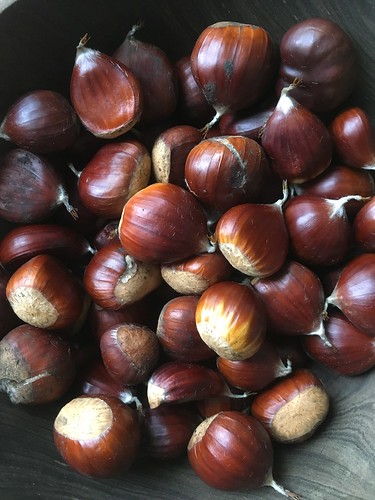The Jewish New Year, Rosh Hashanah is coming up at the end of September. Traditionally, various symbolic foods are eaten over the two day holiday. One of these is apple slices dipped in honey – symbolizing hope for a sweet year ahead.
I’ve read many theories why honey and apples are used – I suspect the true reasons have been lost in the mists of time. It is an important reminder that honey was really the only availibale sweetener for thousends of years. It was available long before sugar and maple syrup was discovered. This is one of the reasons that honey was very highly valued.
Many people also have honey cake as part of their celebrations. There are numerous recipies available, but one of my favourites is this: James Martin’s Honey Cake
We have been supplying honey to our local Jewish community for many years, and are always so pleased when people choose our honey as part of their celebrations.
If you would like to buy some of our honey, which is all produced in North London, it is avaliable from our website shop here
